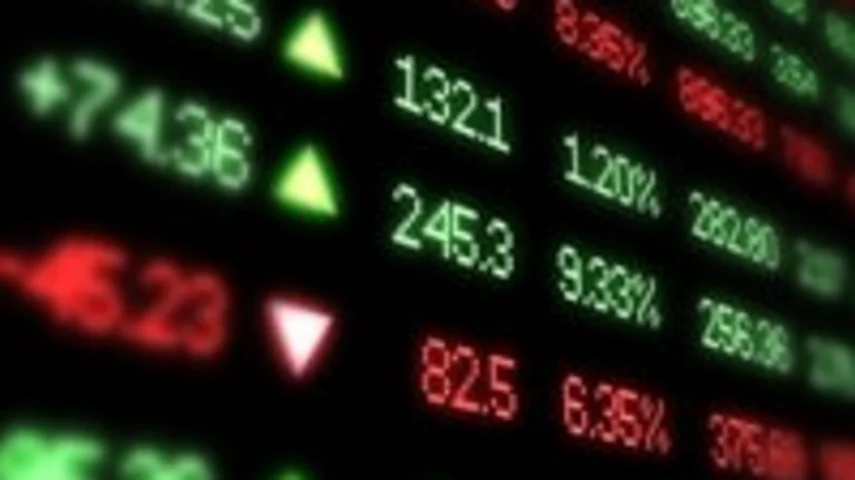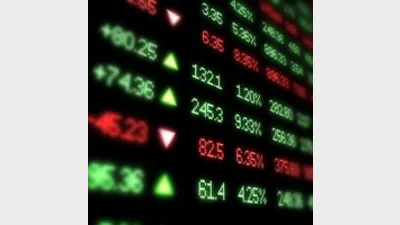Investing in shares - not cash - for income



Tom Stevenson discusses the concept of investing in equities – not cash – for income.
Recent economic and market developments are forcing investors to re-evaluate investment strategies.
For example, in today’s world of lower economic growth, low bond yields and falling interest rates and bank deposits, investors are looking at other ways to meet their need for income.
One solution, investing in dividend-paying shares, is supported by historical evidence that shows dividends account for a substantial proportion of total returns, and that consistent dividend-paying companies also tend to be good stock market performers.
Dividends become strategically more important in uncertain times. In tough macro and market conditions, investors begin to adopt a more defensive approach by favouring those companies with stable earnings, which have a proven ability to produce good results regardless of the ups and downs of the economic cycle.
Companies whose earnings are reliable and which have a consistent record of paying out and growing dividends therefore become particularly attractive.
Investing in such firms not only gives investors the comfort of an attractive income stream in an otherwise low yield environment; the dividend payouts also provide a cushion against possible price declines.
Compound growth on reinvested dividends accounts for a good part of returns. The power of reinvesting dividends grows exponentially over time and the compounding effect of dividend payments kicks in sooner than many investors might think.
It takes an average holding period of only five-to-six years for income to overtake capital growth as the primary driver of a stock’s total return.
For example, a Barclays study in 2011 showed that $100 invested in the US stock market in 1925 would have grown to $9,524 by the end of 2008 without reinvesting dividends – but to $302,850 if dividend income was reinvested throughout that period.
Also, investing when dividend yields are high has historically been a good time to invest as it is often followed by a period of appreciation in equity markets.
Proven dividend-payers are also good performers
There is a presumption among many investors that high-dividend paying companies tend to be lower earnings growth companies.
On the contrary, a study by academics Robert Arnott and Clifford Asness reached the opposite conclusion: expected future earnings growth is fastest when current dividend payout ratios are high and slowest when payout ratios are low.
The fact that many dividend-paying companies also have a proven track record of growing earnings helps to explain why their share price performance is also comparatively better.
Importantly, this is true across market cycles.
Owing to their defensive qualities, it is perhaps not so surprising that dividend-payers outperform in bear markets. But more surprising may be the evidence that suggests that this is also true in bull markets, providing investors with over 3 per cent more every year during the past 10 US bull markets.
There are some great examples of companies with outstanding dividend paying records, such as Procter & Gamble (P&G) – a company which has a 55-year history of sequentially increasing its dividend.
P&G shareholders have been well rewarded over the years and dividends have played a huge role in providing that exceptional total return. The facts are at odds with the view of some investors that P&G is a relatively uninspiring consumer staples company.
It may not be a ‘glamour stock’, but few investors would argue that these total returns are not glamorous.
Companies that have proven track records of paying and growing dividends over long periods typically possess characteristics that appeal to investors. These include:
- The ability to pay consistent dividends is often (though not always) an indicator of good cash flow and strong balance sheets. In today’s environment of challenging borrowing conditions, this is of particular value and a source of comfort to investors.
- A good number of dividend-paying companies tend to be mature, well-established blue chips that sell products that benefit from instant brand name recognition. To a great extent then, reliable dividends can be seen as a good indicator of quality, well-managed, cash-generative companies.
Taking a longer-term point of view, it is also possible that demographic developments will support the case for equity income strategies.
The increasing number of older people, especially in more developed countries, should support demand for reliable and relatively safe income-paying stocks.
Traditionally, retirees have always been encouraged to achieve their income needs by increasing their allocations to bonds.
However, the credit crunch has changed the landscape of the bond market.
With some government bonds subject to an unexpectedly high degree of credit risk and many of the safest government bond yields at record lows which make them expensive, it is reasonable that retirees and their financial advisers will increasingly see the value in high-quality, dividend-paying stocks.
Assessing the sustainability of dividends is key
A high yield can indicate that a stock is trading at a discount to its intrinsic value; however good stock selection can identify the best equity income opportunities in order to avoid ‘value traps’.
For instance, the earnings and dividend payments of some multinational companies can occasionally be boosted by currency movements, or simply a temporary peak in earnings potential that is unlikely to continue.
More importantly, a high yield can also reflect the fact that a company’s earning prospects have deteriorated significantly so that the fall in its share price has increased the yield ratio.
A high level of research due diligence is therefore required to ascertain which stocks can sustain and grow their dividends.
During the recent financial crisis, earnings dropped sharply, by such a degree that dividend payments were no longer sustainable for many companies.
This was very much the case for European and US banks.
At first, the share prices of these banks fell sharply – for a while they signalled very attractive dividend yields, but any investor buying into this false signal would have been sorely disappointed because the dividends of many banks were subsequently scrapped.
The key then is to select those high-yielding companies whose financial condition is strong and who have few risks on the horizon that might compromise their ability to keep paying their dividends.
Even more valuable are those companies which not only continue to pay, but also continue to grow their dividend payments.
In the current environment of lower growth and lower interest rates, the forgotten value of investing in income-generating stocks reasserts itself emphatically.
Stocks, globally, are currently yielding well above their 15-year average income return.
The extra returns from dividends can provide a valuable margin of safety against any price declines if volatility continues.
Tom Stevenson is the investment director at Fidelity Worldwide Investment.
Recommended for you
In this episode of Relative Return Insider, host Keith Ford and AMP chief economist Shane Oliver unpack the RBA’s decision to keep the cash rate on hold in the face of rising inflation and whether the governor’s hawkish tone is a sign of things to come.
In this episode of Relative Return Insider, host Keith Ford and AMP chief economist Shane Oliver discuss the September quarter GDP figures, which show Australia’s economy regaining momentum.
In this new episode of The Manager Mix, host Laura Dew speaks to Haley Devine, head of wealth management at MaxCap Group, to delve into private credit and commercial real estate.
In this new episode of The Manager Mix, host Laura Dew speaks to Benjamin Leung, head of systematic investments at Macquarie Asset Management, to understand the use of systematic investments.







